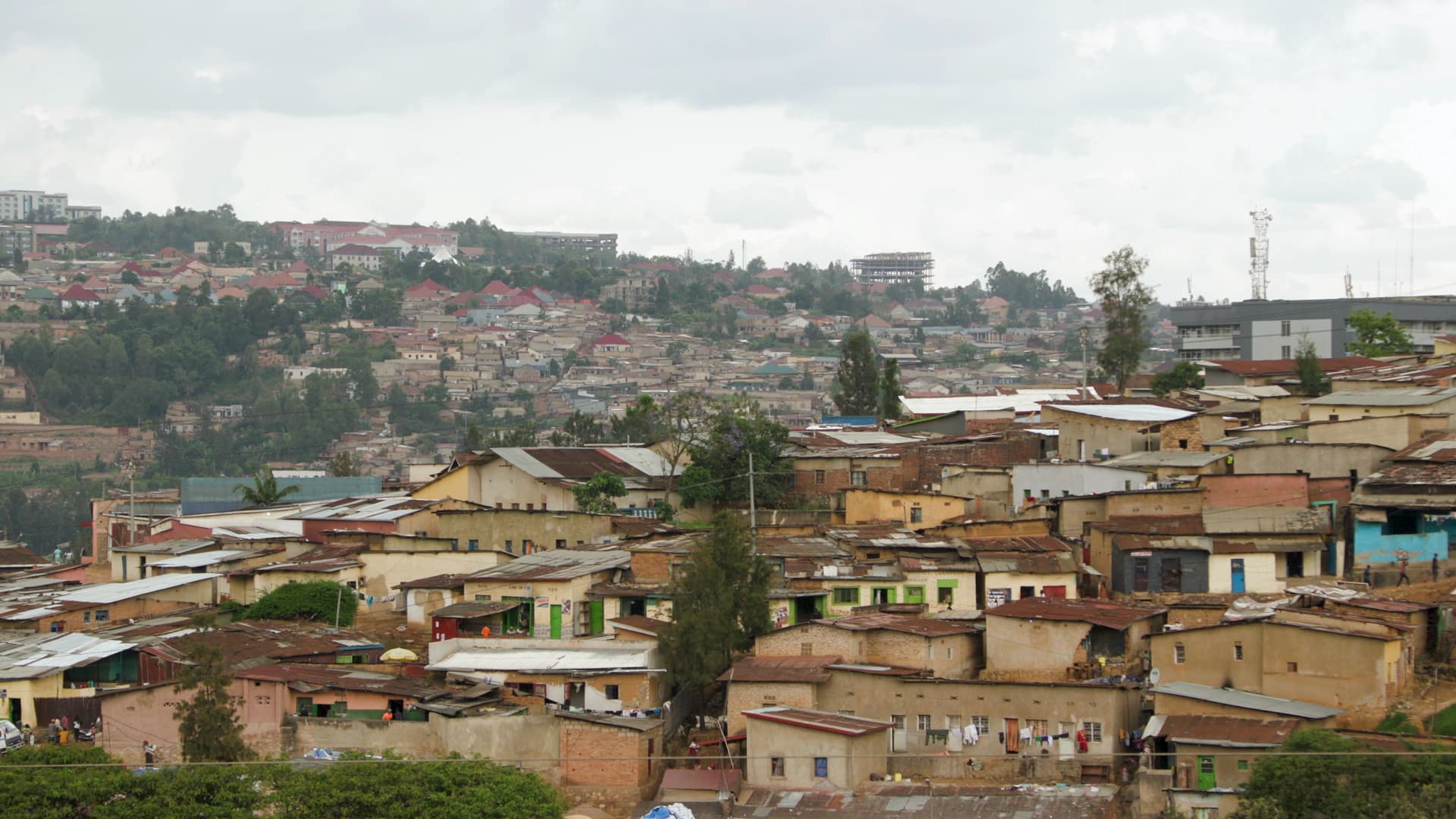Enhancing Property Taxation and Development Control
Use Case Description
In many developing countries, local authorities’ own-source revenue from property taxation often lags far behind its true potential. Especially in cities lacking comprehensive and digital cadasters, authorities rely on costly ground surveys and self-reporting which increases evasion risk and administrative costs to keep records up-to-date. In addition, a significant proportion of development occurs without planning permission due to lacking political will, development plans, systems and staffing to enforce development control.
Linking tax rolls with Building Footprints, Building Heights and other contextual data derived from High and Very High Resolution (VHR) satellite imagery can ensure that cadastral records remain current amid rapid urban expansion. The potential revenues gained from once-off fines, development contributions and a continuous increased property tax take far outweigh the costs for acquiring commercial VHR imagery and analysis. The potential for using satellite data to levy an ad valorem property tax at scale based on structural attributes (parcel size, building volume), location and neighbourhood characteristics was shown as part of a pilot project between the World Bank and ESA in Kigali, Rwanda, under ESA’s EO4SD programme.
In addition to the trust building transparency of the approach, revenues were predicted to increase by a factor of 10 compared to the then existing regressive flat rate levied. While the cost of acquiring VHR imagery could be perceived as a potential deterrent for some local governments, in recent years, a number of building change detection services developed by the private sector promise to make this process more cost effective. Some of these services rely on free and open satellite imagery to obtain an initial indication of potential unauthorised development. These pinpoint indications can then allow local authorities to purchase commercial VHR imagery much more efficiently for only the relevant Areas of Interest, thus reducing operational expenditure and break-even points even further.


